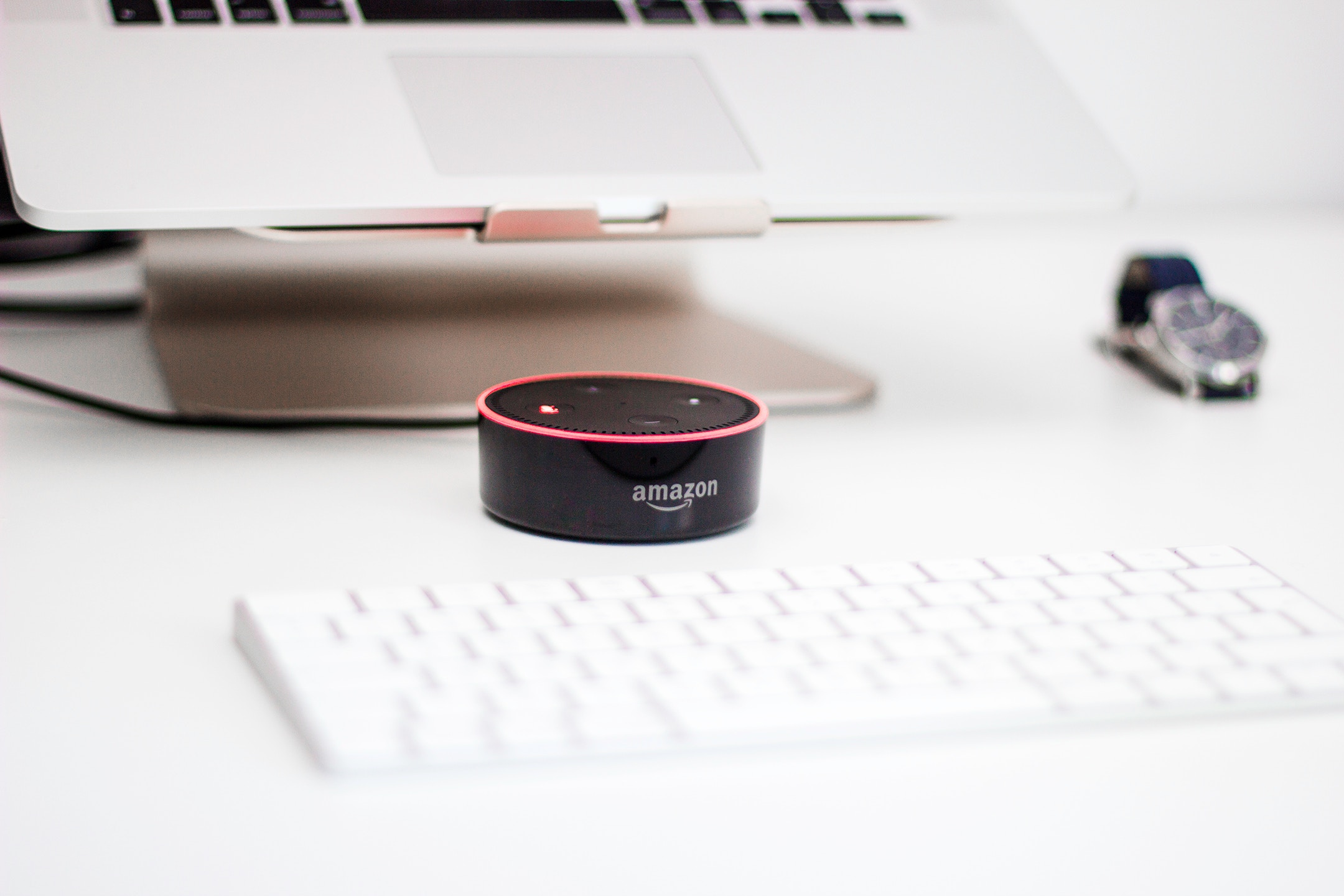The Internet of Things allows you to generate large amounts of data, automate processes and manage operations in a more intelligent way. However, alongside these possibilities come new challenges and threats; Internet of Things (IoT) systems are complex and are composed of multiple elements. They therefore require security systems that are just as structured and sophisticated.

Challenges and difficulties of IoT security solutions
Internet of Things platforms are based on interconnected applications and devices. This combination of software and hardware means that Internet of Things ecosystems are exposed to cyber as well as physical risks.
By their very nature and objective, IoT devices handle large volumes of personal data and private information. It is therefore important that IoT security solutions guarantee that data is protected and that they restrict access to cloud-based devices and resources.
Importance of an IoT security strategy
It’s important to develop security strategies that protect data in three different stages: in the cloud, in transit across the internet and on connected devices. In order to detect and mitigate vulnerabilities, security protocols and practices should be considered in every stage of IoT system development. These are the procedures that Microsoft recommends:
- Limit the use of hardware: device manufacturers, IoT integrators or suppliers should include the minimum features required for system operation, avoiding unnecessary features that could allow attacks (for example, USB ports). Hardware devices should also be tamper-proof.
- Ensure updates are secure: it’s the integrator’s task to ensure that the device is secure during and after an update.
- Build around secure hardware and follow secure software development methodology: it’s recommended that integrators create security features such as encrypted storage. On the other hand, developers should consider software security from the inception of the project all the way through to implementation, testing, and deployment.
- Choose the right open-source software: the best way to do this is to prioritise developer communities that are active and that will be able to detect problems, thus avoiding inactive or overly complicated projects.
- Guarantee security upon integration: to ensure overall security, it’s important that developers check all interfaces of components being integrated for security flaws.
- Deploy hardware securely: deployers should ensure that hardware is tamper-proof, especially when deployed in public spaces or unsupervised areas which imply a greater security risk.
- Keep authentication keys safe: one or several copies of authentication details should be stored in a secure location.
- Prevent access to cloud credentials: it’s possible to gain access to intelligent devices through passwords stored on the cloud. Change passwords frequently, it could prevent security problems.
- Update the system and protect it from cyber and physical attacks: operators should carry out regular checks and maintenance to ensure that the IoT infrastructure is working correctly. It’s also important that antivirus and antimalware software are up to date and that USB ports and other physical access points are protected. Microsoft warn that the worst security attacks against cloud-based IoT infrastructures are launched by physically accessing devices.
- Carry out audits: regular revisions of the operating system’s event log will allow you to detect security breaches.
Image | Unsplash/Piotr Cichosz




